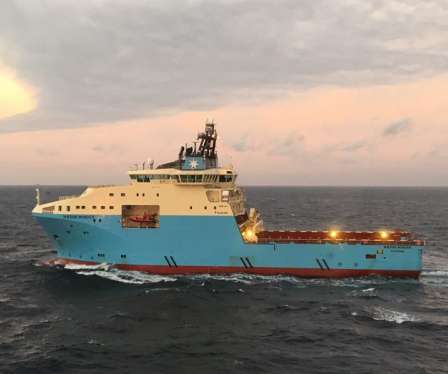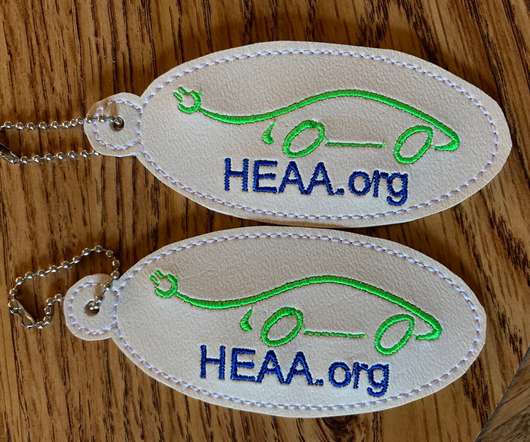Maersk selects Wärtsilä HY Module hybrid solution for AHTS vessel conversion
Green Car Congress
MAY 31, 2021
The hybrid power conversion will be carried out on the Maersk Minder , a deep-water anchor-handling tug-supply (AHTS) vessel during the early part of 2022. This is believed to be the world’s first AHTS hybrid battery conversion. The order with Wärtsilä was placed in May 2021.








































Let's personalize your content